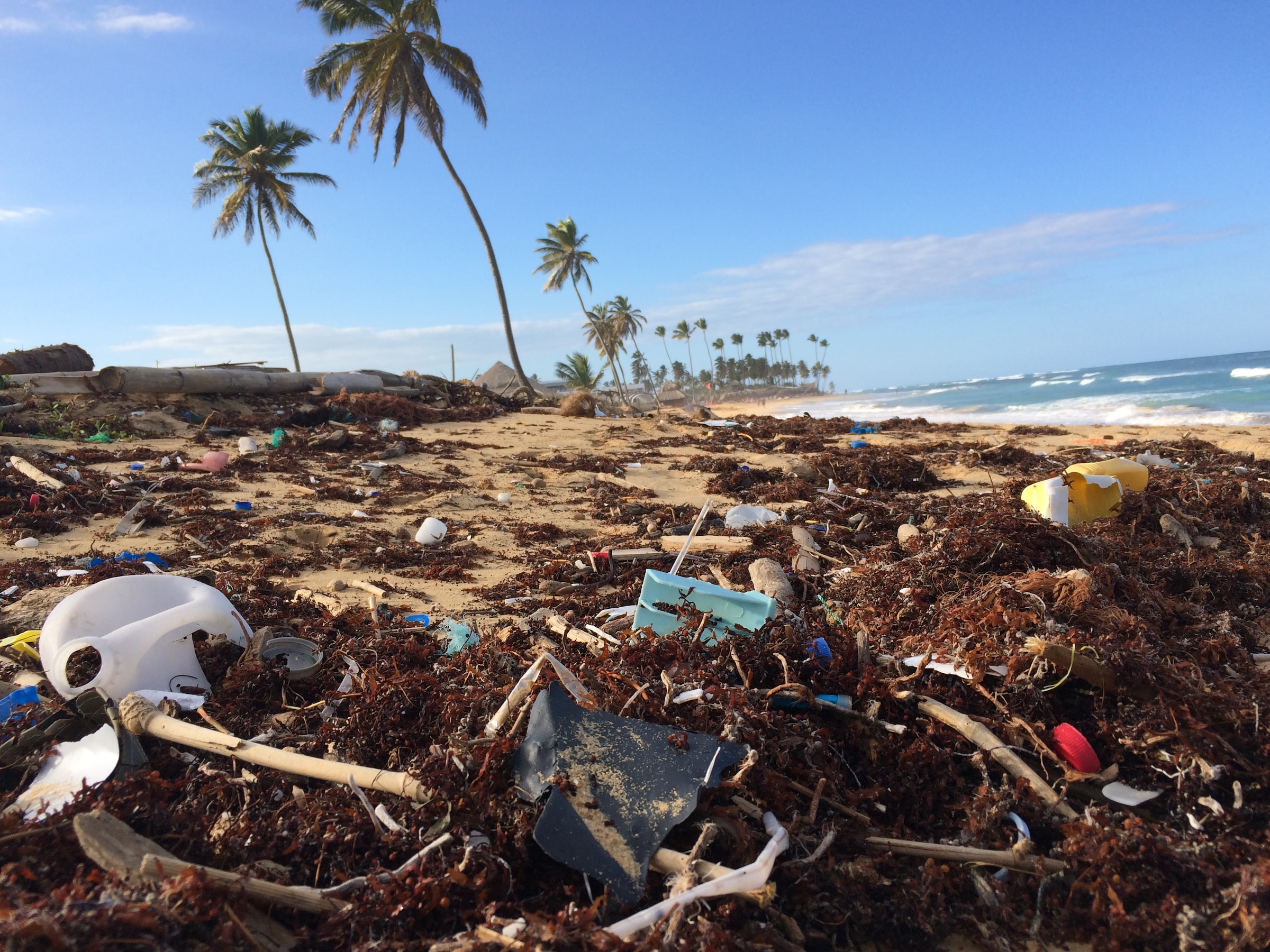In a world already grappling with the consequences of environmental pollution, a new and ominous threat looms large: the rapid rise of antimicrobial-resistant superbugs. Inger Andersen, Executive Director of the United Nations Environment Programme (UNEP), warns of the menacing alliance between environmental degradation and these menacing pathogens, urging the world to act decisively.
The Super Weapons in Jeopardy
Antimicrobials, celebrated as life-saving marvels, have revolutionized modern medicine. Their efficacy has made surgeries, transplants, and even childbirth safer. Yet, a recent UNEP report uncovers a chilling revelation: environmental pollution is undermining these super weapons, aiding the rise of lethal superbugs.
Grasping the Scale of the Crisis
To understand the magnitude of the issue, one need look no further than data from the World Health Organization (WHO), which ranks antimicrobial resistance among the top ten global health threats.
In 2019, drug-resistant infections claimed an alarming 1.27 million lives. If left unchecked, this figure could skyrocket to ten million annual deaths by 2050, rivaling cancer’s death toll in 2020. With potentially staggering economic repercussions – a forecasted GDP loss of USD 3.4 trillion annually – and an additional 24 million pushed into extreme poverty, the ramifications extend far beyond health.
Moreover, antimicrobial resistance, intertwined with socio-economic disparities, exacerbates inequities, hitting impoverished regions hardest. The Global South, already battling sanitation and hygiene challenges, stands on the frontline of this impending catastrophe.
Understanding the Culprits: Pollution and Climate Change
While the threat of antimicrobial resistance is evident, how does environmental pollution catalyze its progression? Three primary sectors emerge as conduits: pharmaceuticals, agriculture and food, and healthcare. Contaminants, including antimicrobials, seeping into the environment from these sectors, breed resistance in microbes.

Pharmaceutical factories are one of the biggest parasites on the planet’s body
Furthermore, the broader environmental crisis – encompassing climate change, biodiversity loss, and escalating pollution – fuels the problem. Rising temperatures and unpredictable weather events are linked to a surge in resistant infections. Even landfills, often ignored in such discussions, can serve as hotspots for antimicrobial resistance spread.
The Roadmap to Victory: Collective Action
Combatting the twin threats of environmental degradation and superbugs necessitates a united front. Andersen’s report elucidates potential strategies:
- Pharmaceuticals: Tightened inspection regimes, process overhauls, and reinforced waste management systems can curb the release of antimicrobials.
- Food and Agriculture: Curtailing antimicrobial usage and bolstering protective measures against water contamination are pivotal.
- Healthcare: Sustainable water and sanitation solutions, specialized wastewater treatment, and responsible antimicrobial disposal can make a substantial difference.
Given that over half of the world’s wastewater is recklessly discharged, upgrading water management, sanitation, and hygiene becomes indispensable.
National action blueprints, global standards, investment realignment, exhaustive research, and overarching collaboration form the bedrock of the envisioned change. The ‘One Health’ approach, which champions the symbiotic relationship between human, animal, plant, and environmental health, emerges as the linchpin in this battle.
A Call for Accelerated Momentum
Initiatives like the Global Leaders Group on Antimicrobial Resistance and the Quadripartite Alliance on One Health have set the ball rolling. Yet, the urgency of the situation demands an escalation in high-level political engagement, financial commitment, technical expertise, and tangible actions.
In the end, while the quest for innovative and affordable antimicrobials persists, curbing pollution remains central to preserving the potency of these super weapons. The clock is ticking, and the world must rise in tandem to vanquish this looming threat.
©globalgreenhouse.eu

